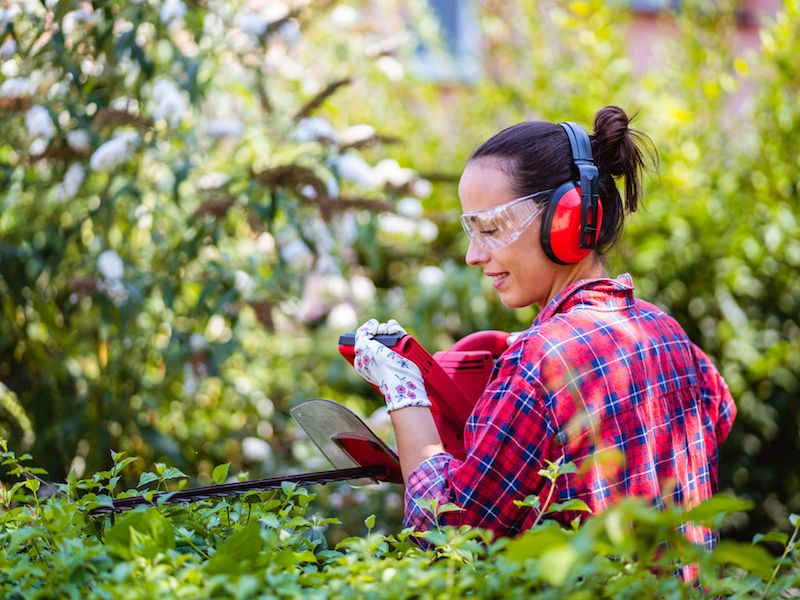
Protecting your hearing is similar to eating the right way. It’s difficult to know where to start even though it sounds like a good idea. If there aren’t any apparent noise risks and you don’t think your environment is very loud, this is especially true. But your ears and senses can be stressed by day-to-day living, so your auditory acuity can be maintained if you practice these tips.
The more you can do to slow the deterioration of your hearing, the longer you’ll be able to enjoy the sounds around you.
Tip 1: Hearing Protection You Can Wear
Using hearing protection is the most practical and basic way to safeguard your ears. This means taking basic steps to minimize the amount of loud and harmful noises you’re exposed to.
For many people, this will mean using ear protection when it’s needed. Hearing protection commonly comes in two basic forms:
- Ear Plugs, which are put in the ear canal.
- Ear Muffs, which are put over the ears.
Neither form of hearing protection is inherently better than the other. There are benefits to each type. What’s significant is that you find some hearing protection that you feel comfortable wearing.
Tip 2: When Sound Becomes Dangerous, be Aware of It
But
The following threshold is when sound becomes harmful:
- Over 100 dB: In this situation, you can damage your hearing very rapidly. Damage is done in around thirty seconds with noises over this limit. Rock concerts and jet engines, for example, can damage your ears in about thirty seconds.
- 95-100 dB: This is the typical level of your earbuds or the level of farm equipment. After about 15-20 minutes this volume of noise becomes dangerous.
- 85 decibels (dB): This level of sound is dangerous after about two hours of exposure. This is the level of sound you’d expect from a busy city street or your hairdryer.
Tip 3: Make Your Phone Into a Sound Meter
We can take steps to minimize our exposure, now that we have an idea of what levels will be dangerous. But in everyday life, it can be challenging trying to measure what is too loud and what isn’t.
That’s where your smartphone can become a handy little tool. Sound meter apps exist for every type of smartphone.
In order to get an idea of what dangerous levels of noise really sound like, use your sound meter to confirm the decibel level of everything you are hearing.
Tip 4: Be Mindful of Your Volume Settings
A smartphone with earbuds is normally the way people listen to music nowadays. Your hearing is put at risk with this setup. Over time, earbuds set to a substantially high volume can cause significant injury to your hearing.
That’s why protecting your hearing means keeping a sharp eye on your volume control. You should never raise the volume to drown out sounds elsewhere. in order to make certain that volume doesn’t get too loud, we recommend using volume settings or app settings.
If your hearing begins to decline, earbuds can become a negative feedback loop; in order to make up for your declining hearing, you may find yourself continuously rising the volume of your earbuds, and in the process doing more harm to your ears.
Tip 5: Have Your Hearing Checked
You may think of a hearing exam as something you get when your hearing has already started to decline. Without a standard to compare results to, it’s not always easy to detect a problem in your ears.
Acquiring data that can be used for both diagnostic purposes and for treatment can be best accomplished by scheduling a hearing exam and screening. This will give you some extra context for future hearing decisions and ear protection.
Pay Attention to Your Hearing
It would be perfect if you could always protect your hearing without any issues. But challenges are always going to be there. So anytime you can and as often as possible, safeguard your hearing. Also, get routine hearing examinations. Put these suggestions into practice to improve your chances.
